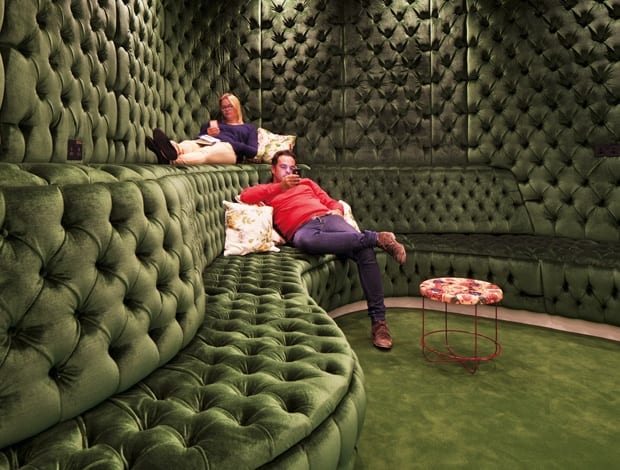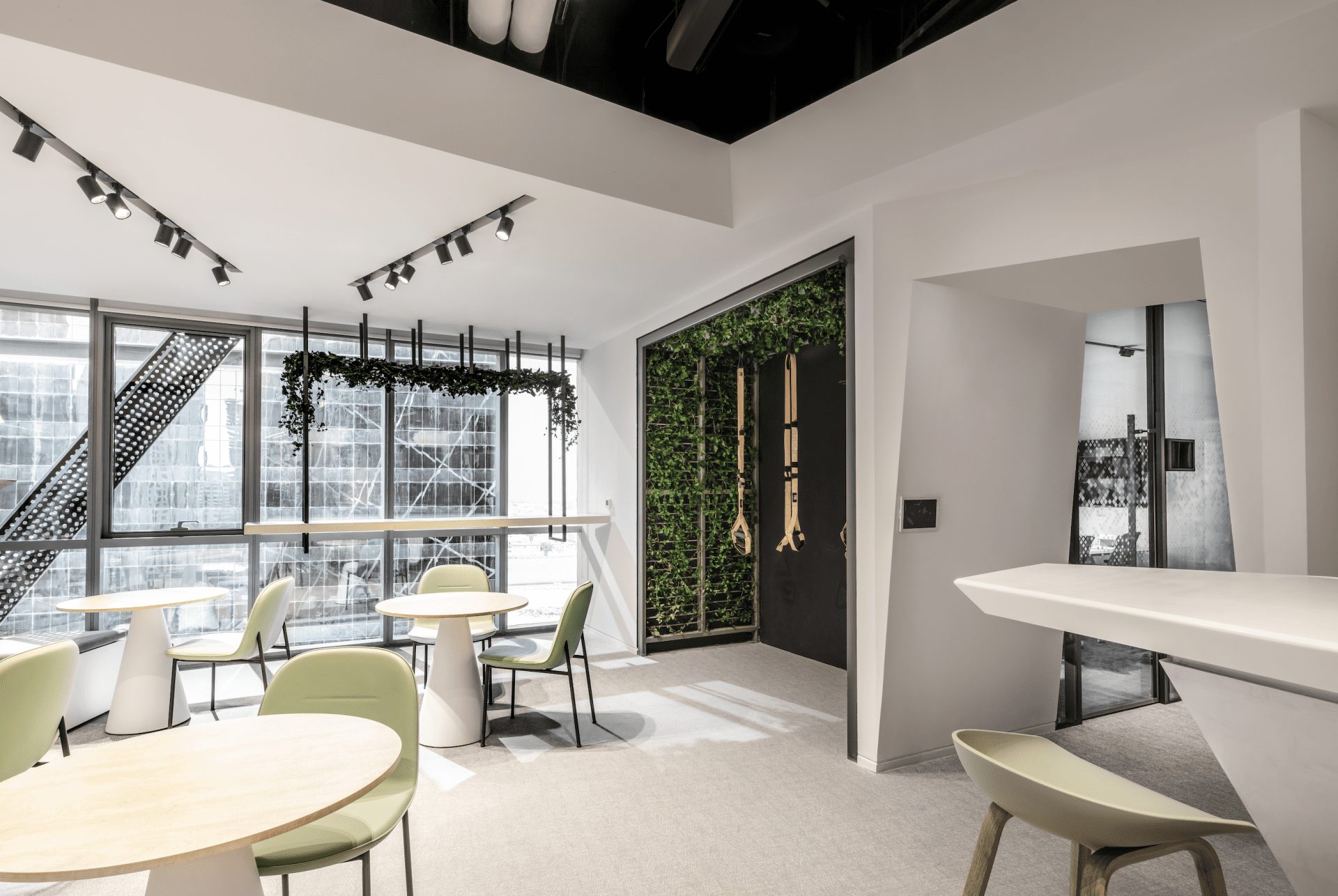 ‘Tech in the City’ – Knight Frank’s vision of tomorrow’s world © Knight Frank||
‘Tech in the City’ – Knight Frank’s vision of tomorrow’s world © Knight Frank||
Stuart Kotchie, director of Harmsen Tilney Shane, discusses the future of technology and the importance of human interaction in the workplace
I’m a child of the 1980s – well I was five in 1980 so I suppose that counts – so I’ve witnessed the tech revolution. I’ve been part of it, from trying to programme computers like the ZX81 and BBC Micro, to playing games after school with my friends on my Amiga PC, and now using BBC iPlayer on an iPad.
I have many fond memories about of my childhood and the 80s, and watching Knight Frank’s Tech in the City video (below) brought back one of my fondest – Tomorrow’s World. I was a massive fan of the long-running television series, which used its weekly hour of crystal ball gazing to entice me with promises of the future.
Knight Frank’s vision reminds me of this as it picks up a number of current technology trends and predicts how these will shape the future of our homes, workplaces and lives.
There is much in the video that is already becoming commonplace: distribution companies looking like mini airports with drones being used to deliver packages; computer-controlled cars and drones being used by the property industry to inspect properties. Not so much crystal ball-gazing there. Amazon is already investing in drone technology, while Google and others are investing heavily in computer-controlled cars. An Australian estate agent recently used a drone to take a bird’s eye view of a property for sale, but this backfired when the shots were used on advertising billboards and inadvertently revealed the neighbour sunbathing in only a thong.
I do take issue, however, with the vision of the workplace of the future in which people come second to technology. While robots may well become increasingly common in some environments, I’m not convinced that, “telepresence droids for managers to log onto and interact with their staff,” is a realistic prediction.
We already have methods to interact with colleagues and staff when we are not in the office such as email, the phone, Lync or – for the global companies who can afford it – telepresence rooms. Why would a robot on wheels with a person’s face on a screen at the top be a welcome replacement for this?
Our research repeatedly shows that staff value one-to-one, human-to-human interaction and I don’t see how any form of communication technology can replace this. I can see staff donning the droids with inappropriate accessories when their manager – who is undertaking his or her bit of staff engagement and motivation – logs on.
Are our FM support staff roles also under threat from service robots that can reload printers and let HR know if someone is working too many late nights? No, I don’t believe so. We all love our multi-function printer devices but these often require user interaction to un-jam the paper, replace the toner or give it a bit of a kick to get it going. How would the robot cope? Probably in the same way the printer has: it will break down while undertaking a paper refill and a technician will be needed to repair the robot before the paper can be refilled as this service is now outsourced to ‘Robot Services R Us’. And anyway, why are staff working late in our future tech-rich offices when they could be doing that at home? If HR is so worried about staff working late, most these days can get reports from access control or the security guard.
Don’t get me wrong, I love technology that works, that makes real step changes in our lives and changes our lives for the better. I have an electric car, which I love, and I believe we are on a path that results in the end of the combustion engine.
But when considering the future of the workplace, we need to keep in mind the key reason companies have offices. It is for staff to come together, to work, to interact, to share ideas, to be productive and if you are lucky to have fun. Technology for technology’s sake is not wanted and it is not a vision of the future workplace that I endorse.































